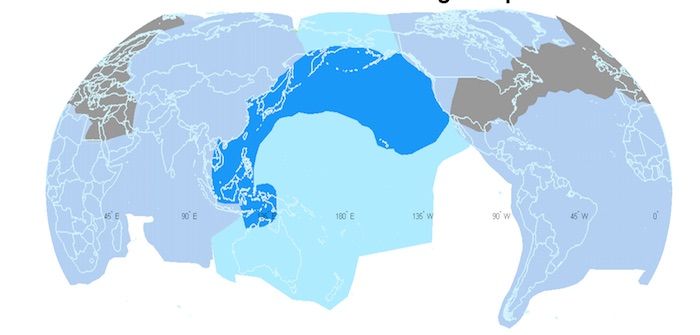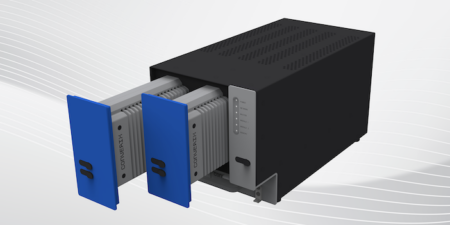With the entry into service of its first High Throughput Satellite (HTS) capacity over the Pacific Ocean, Panasonic Avionics is introducing what it hails as a “major advance in inflight connectivity”.
The all-electric Eutelsat 172B satellite, which launched in June and is located at 172° East, is operated by Eutelsat Communications. Eutelsat 172B is the first HTS to use a multi-port amplifier, which allows power to be dynamically moved among the HTS beams to meet demand by “following” aircraft.
Panasonic will leverage the technology deliver enhance inflight broadband connectivity, live television and mobile phone services to aircraft flying high-traffic routes across the Asia Pacific region, spanning the west coast of North America to Asia, and down to Australia and the Pacific islands.
HTSs use a combination of spot beams and high-level frequency re-use to provide “much improved” economics, more bandwidth and faster data speeds and also use a broad overlay beam, which is used to economically deliver up to nine channels of live television to passengers in flight.
Panasonic is layering HTS capacity over key air traffic areas across its global satellite network, and will continue to introduce high throughput satellites in every region of the world.
Hideo Nakano, CEO of Panasonic Avionics stated, “Today is a milestone event for Panasonic Avionics and our customers as we introduce a paradigm shift in inflight connectivity.
“Our service to the mobility market in Asia continues to grow exponentially. For the first time ever, airlines and passengers will reap the benefits of Ku-band HTS technology as they fly across the Pacific as well as up and down the coast of Asia into areas across Oceania. We are very excited to add this significant improvement to our global network and look forward to unveiling the new passenger experience and operational efficiency capabilities that are only possible with this truly unique satellite.”
The entry into service of Eutelsat 172B coincides with the introduction of Panasonic’s new BC-03 modem, developed in conjunction with Newtec, which also caters for future demand by supporting speeds of up to 250Mbps to aircraft. This includes three demodulators for seamless beam switching and simultaneous data and video reception.





